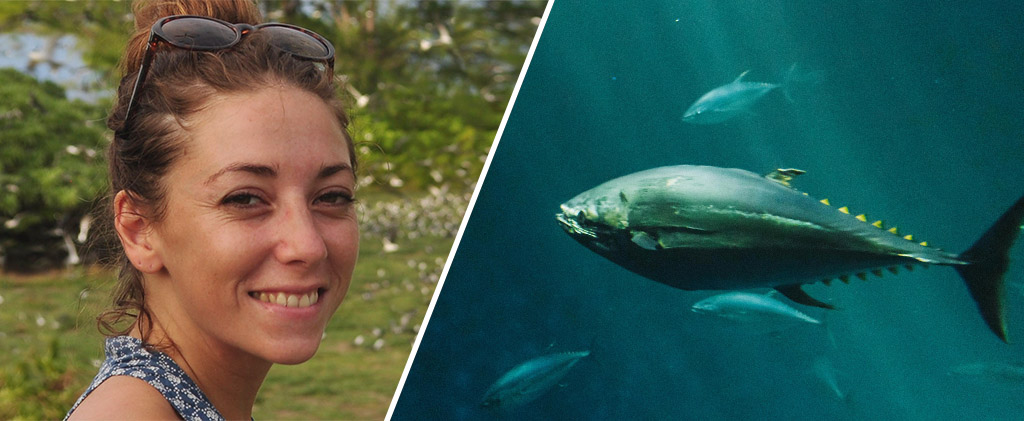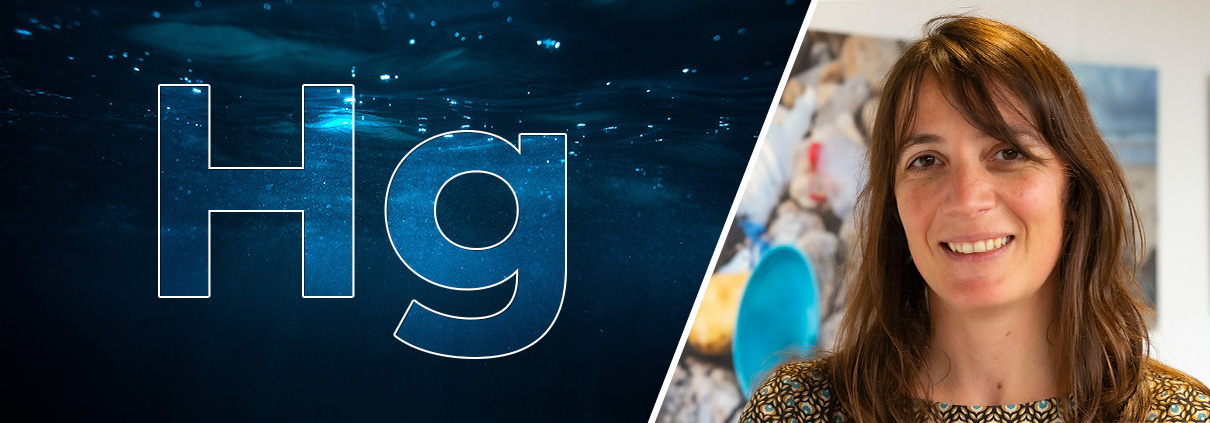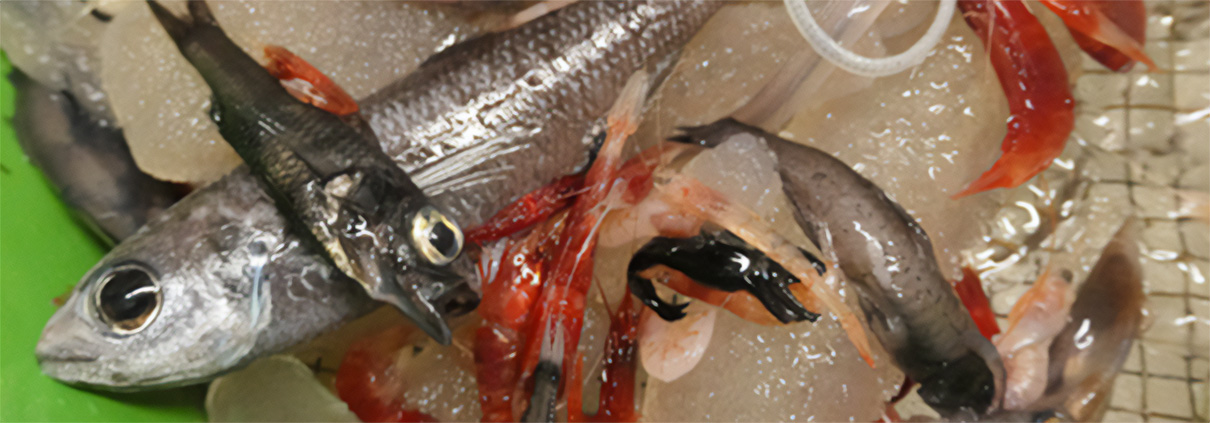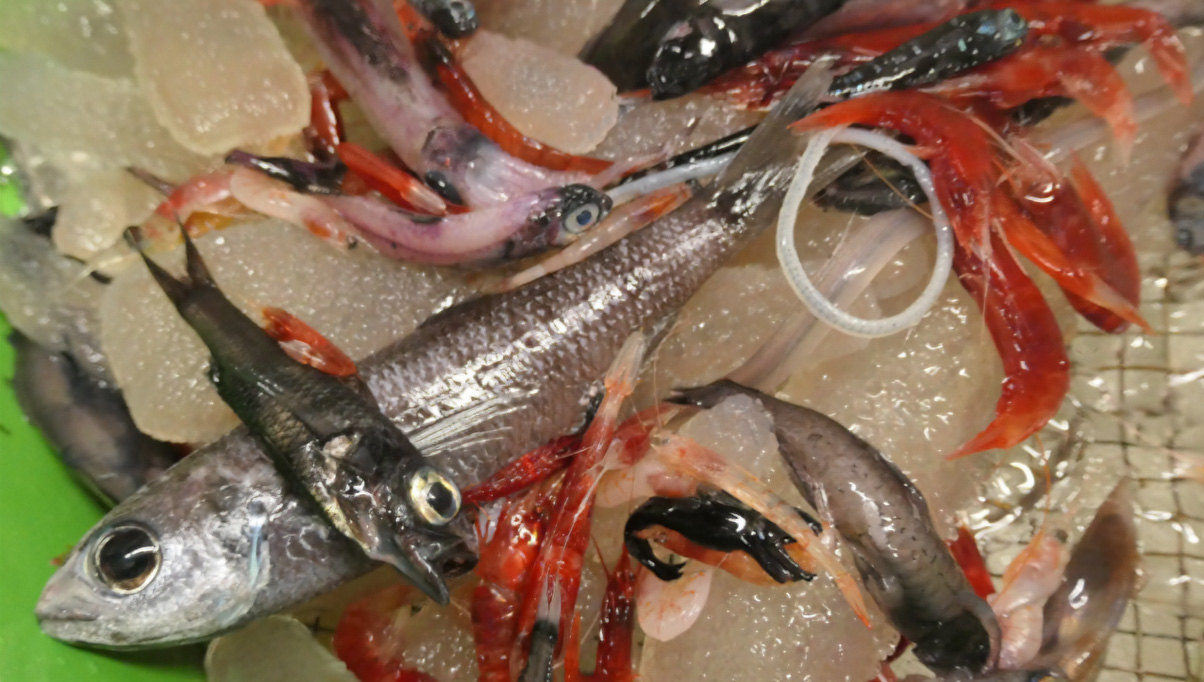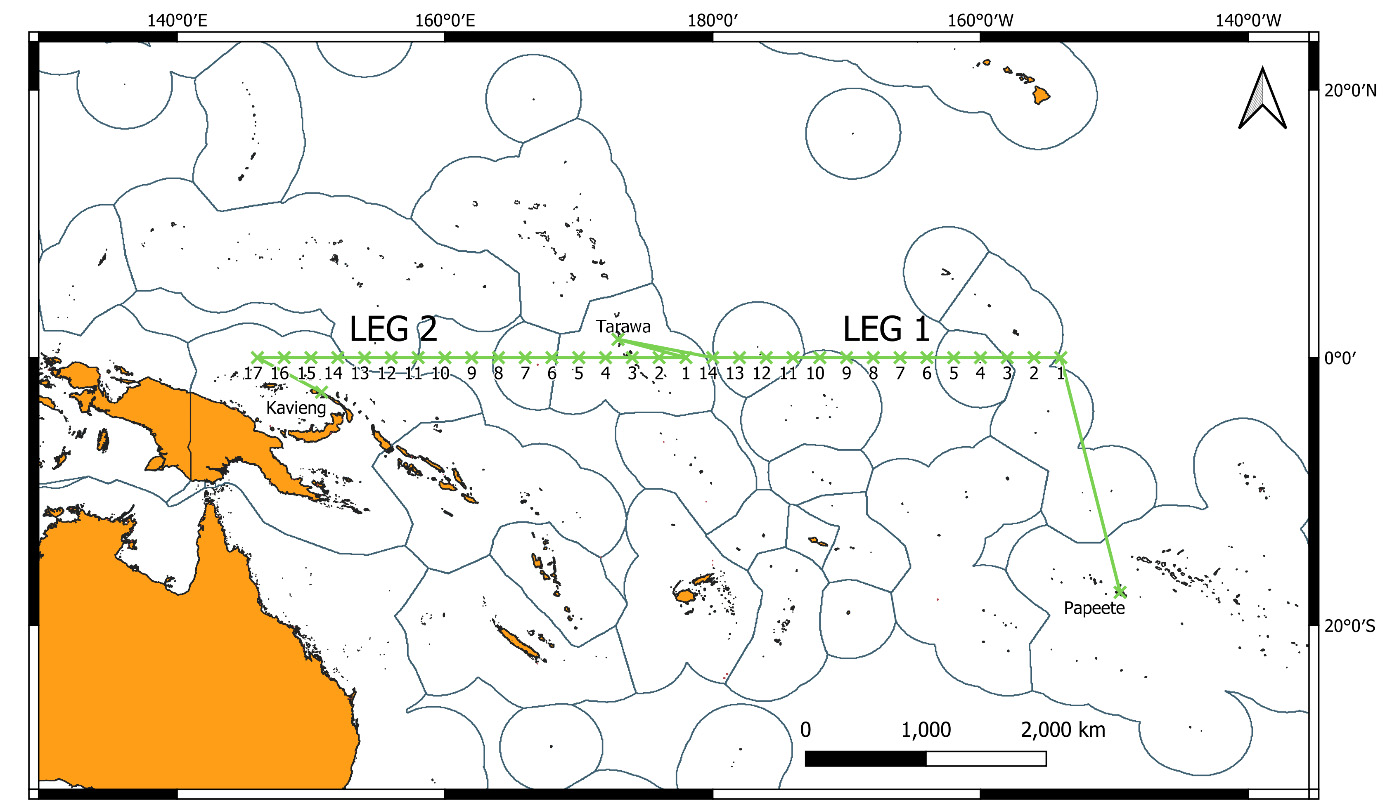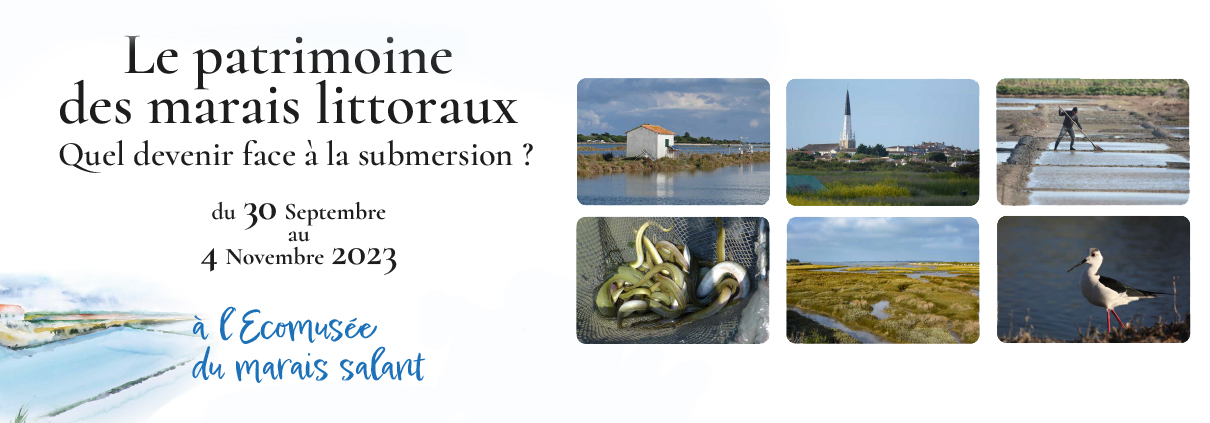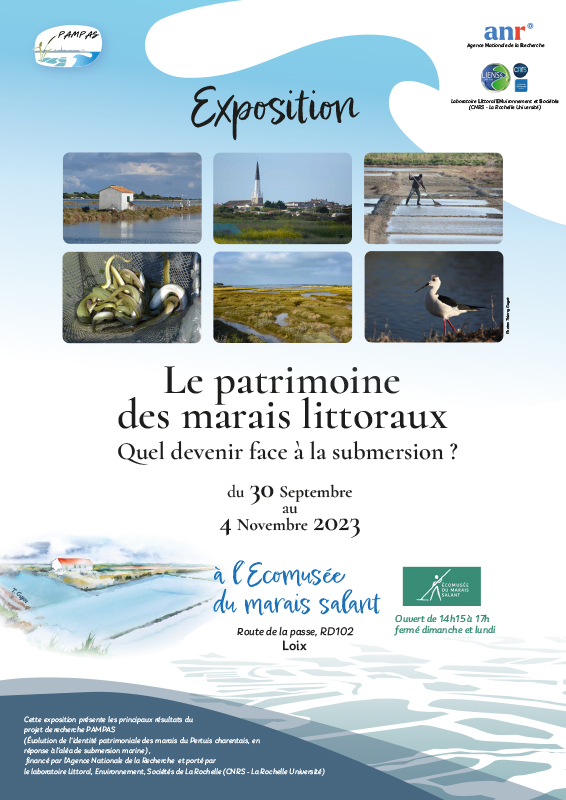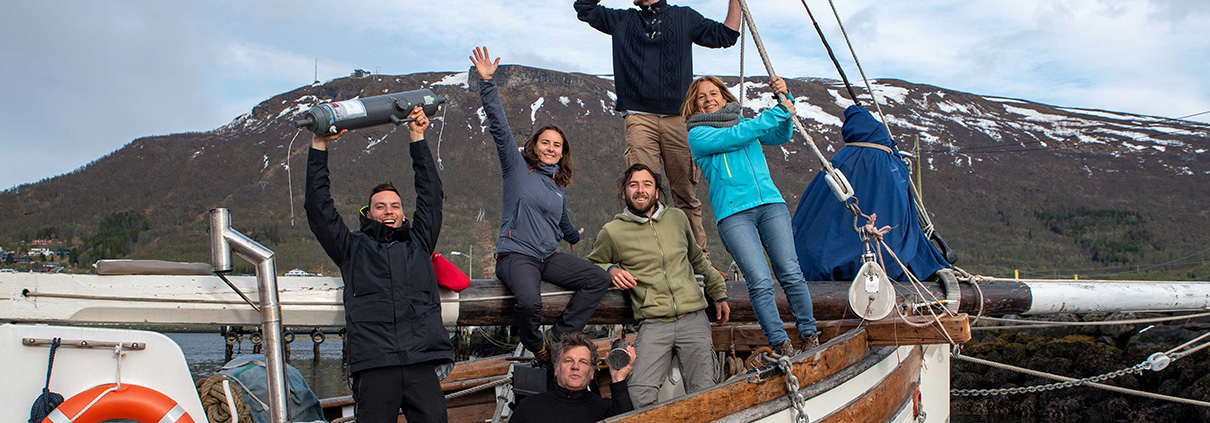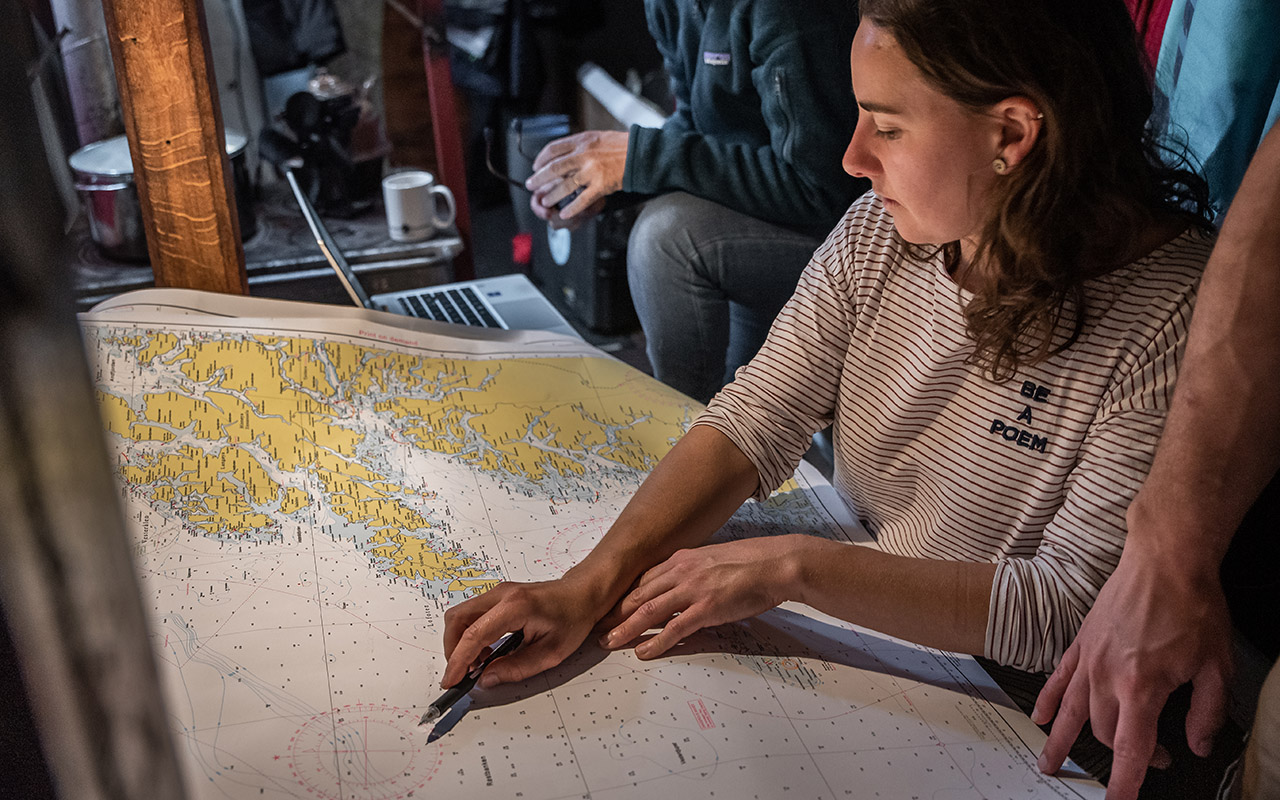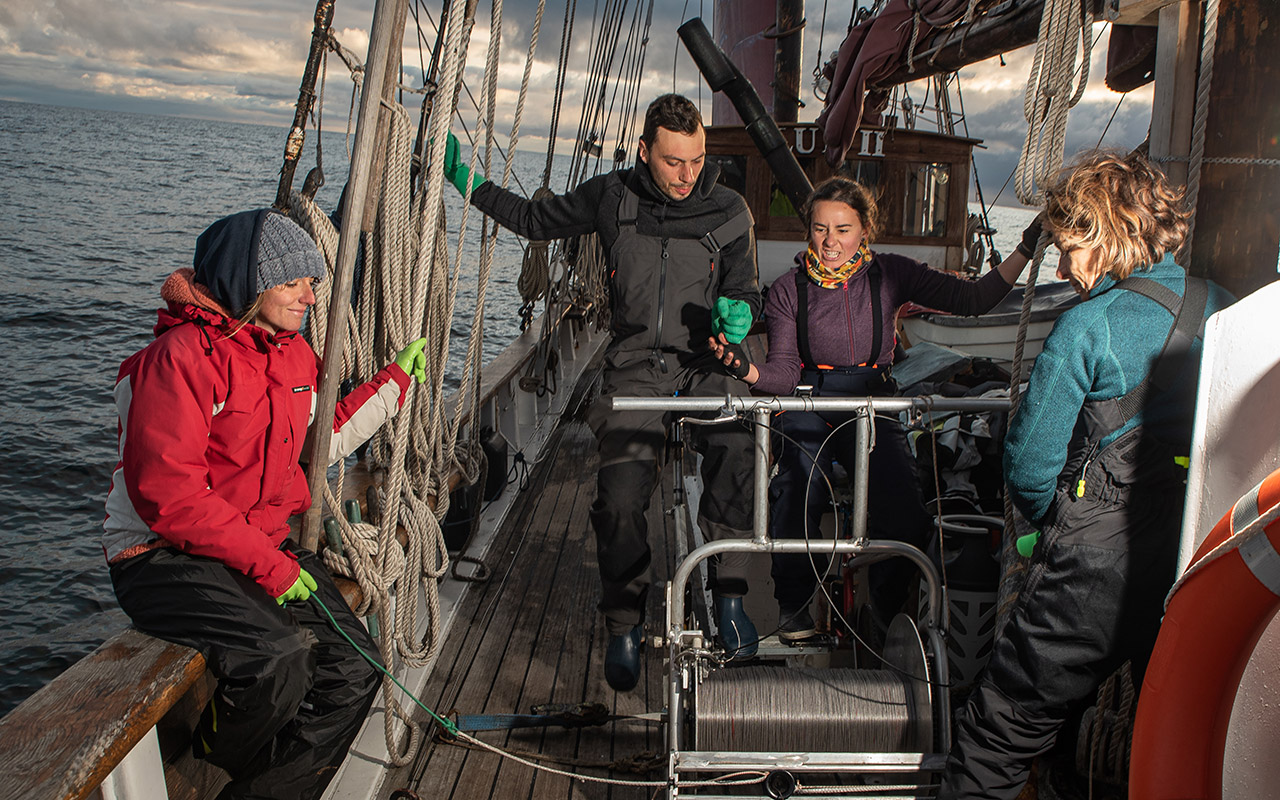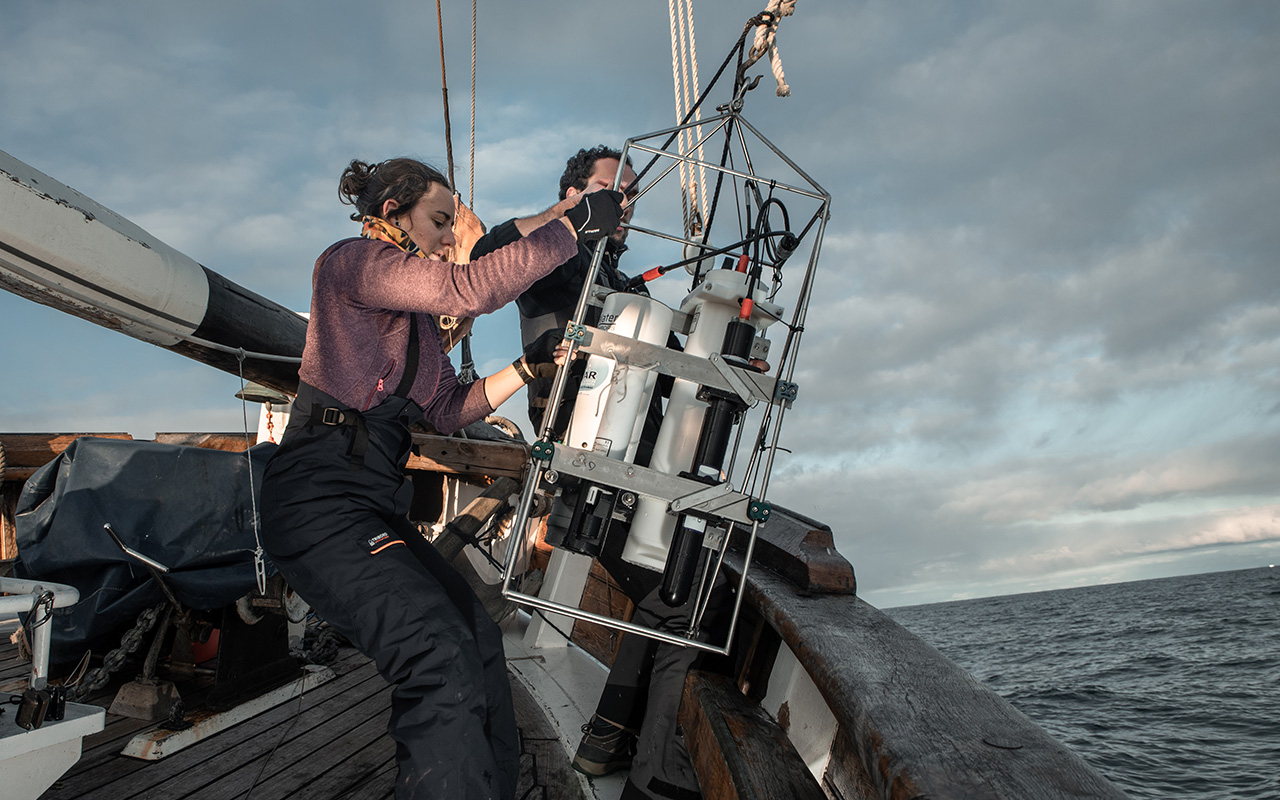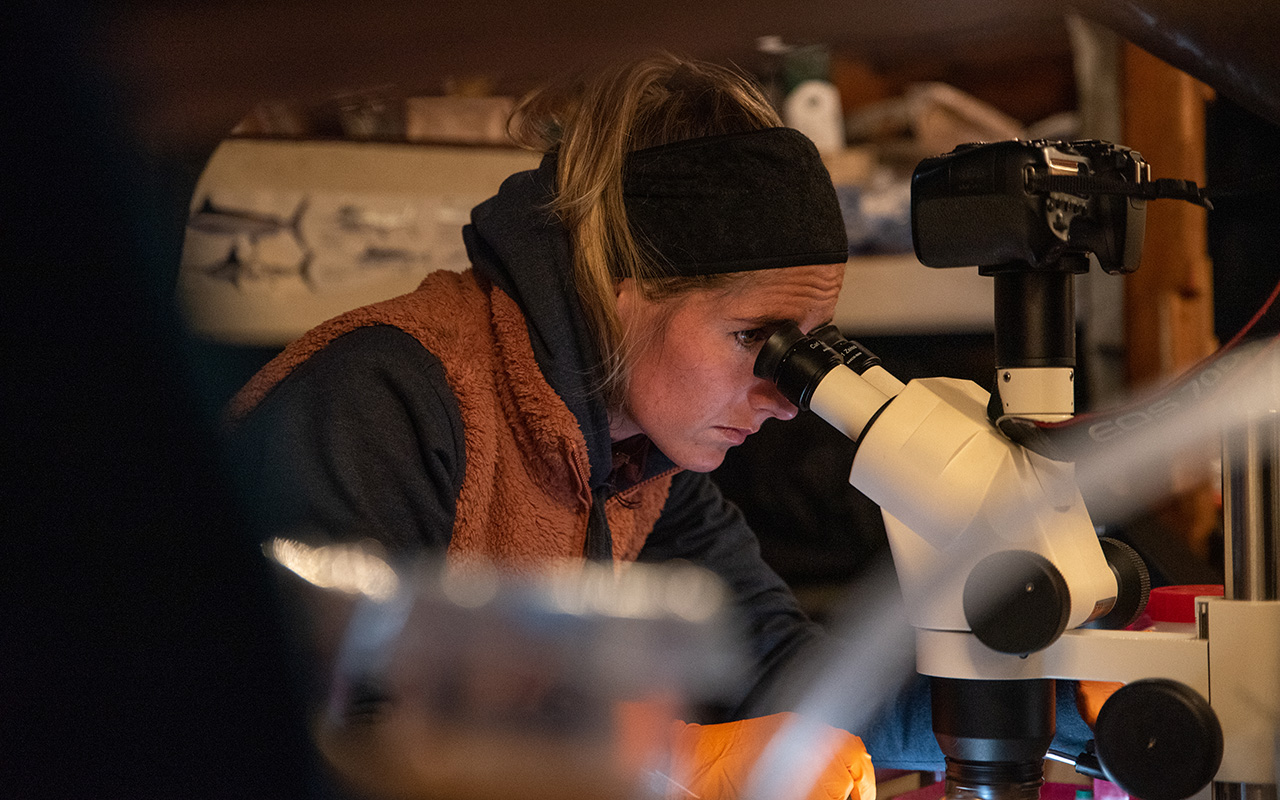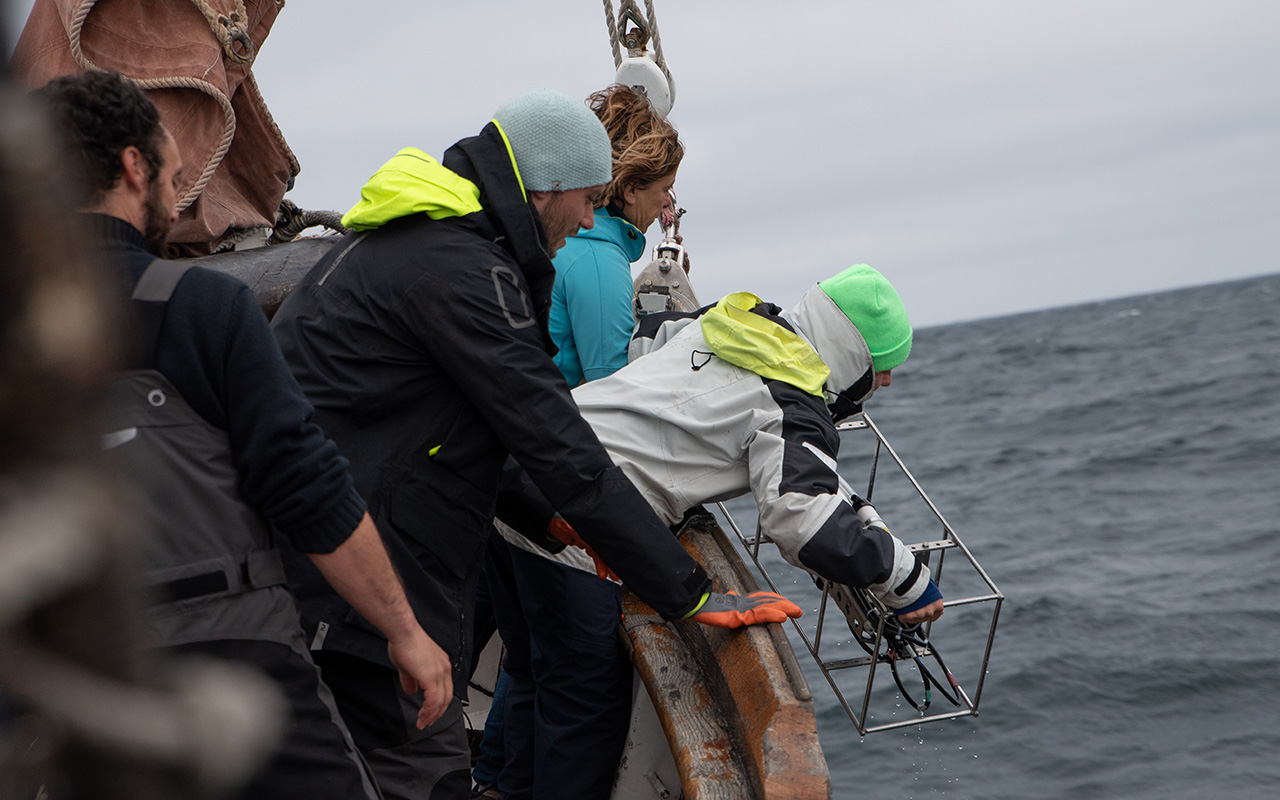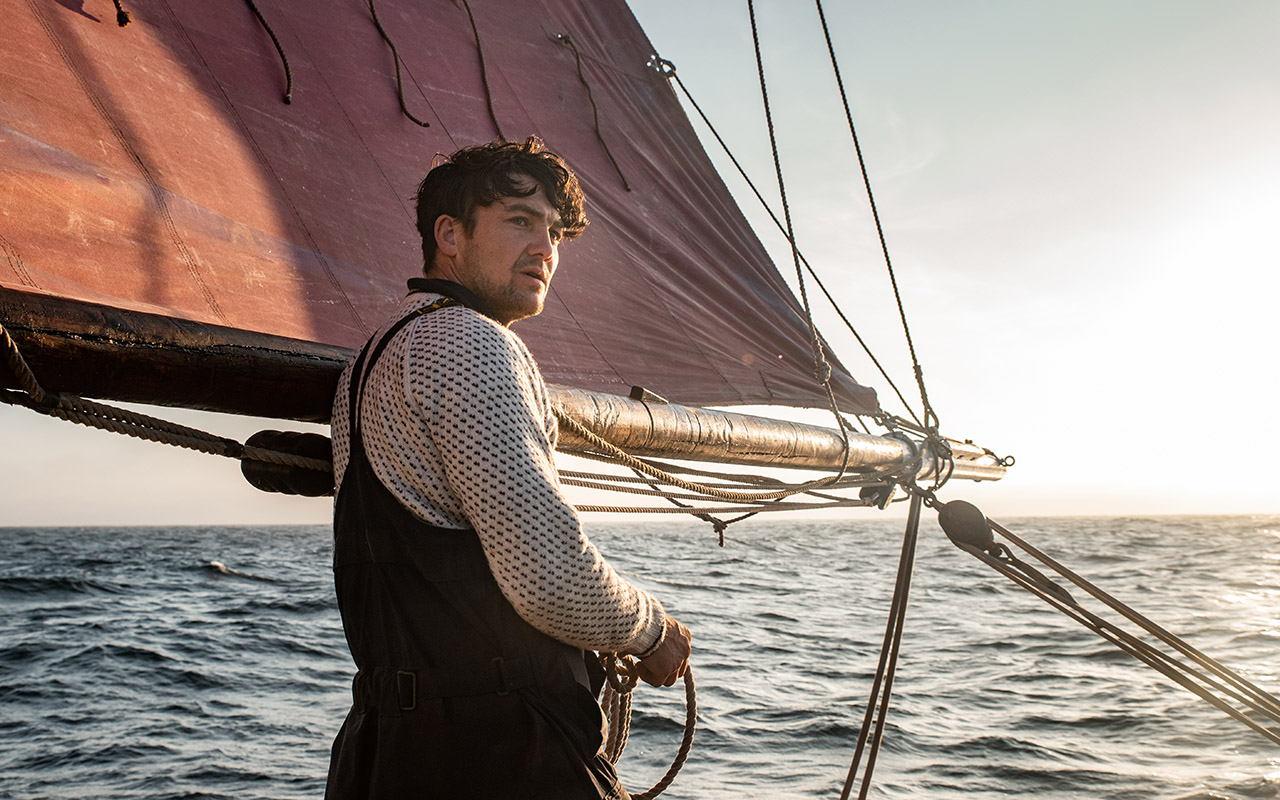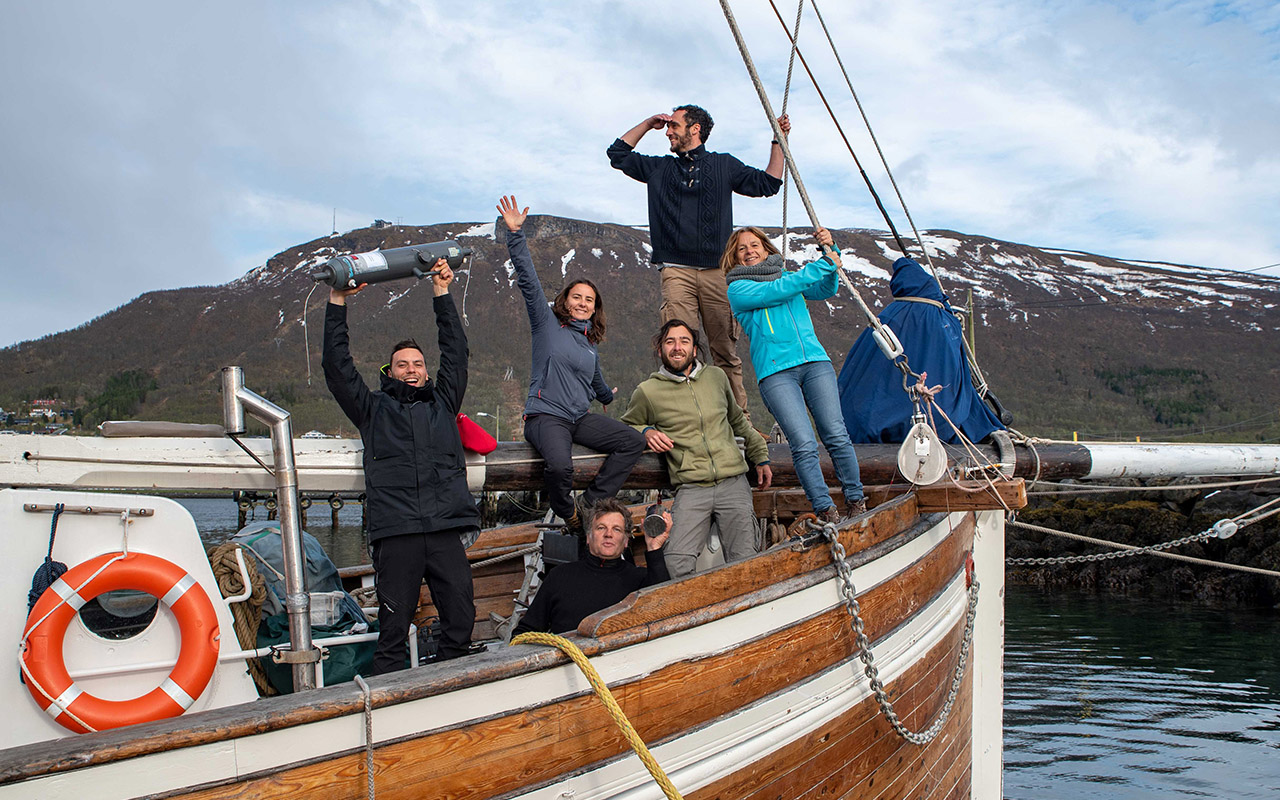Temporal monitoring of mercury concentrations in tuna, the work of Anaïs Médieu in the press
The work of Anaïs Medieu on the temporal monitoring of mercury concentrations in tuna has recently been the subject of numerous articles in the national and international press:
As not all of these publications are open access, here is a summary of Anaïs’s results.
The stability of mercury concentrations in tuna since 1971 reflects the inertia of the oceans and calls for massive reductions in emissions to achieve the objectives of the Minamata Convention.
Humans are exposed to toxic methylmercury mainly by consuming marine fish that bioaccumulate methylmercury in the oceans. The Minamata Convention on Mercury of the UN aims to reduce human exposure to mercury through the reduction of anthropogenic emissions. But has this reduction effort led to a reduction in methylmercury concentrations in the oceans and marine fish? An international team of researchers, coordinated by IRD, addressed this question by compiling nearly 3000 mercury measurements in tuna samples captured between 1971 and 2022 in the Pacific, Indian and Atlantic Oceans.
The study reveals that mercury concentrations in tuna have remained globally stable since 1971, except in the northwest Pacific where they significantly increased at the end of the 1990s, probably in connection with the massive increase in anthropogenic emissions associated with the intensive use of fossil fuels for electricity production in Asia. Elsewhere, the stability of mercury levels in tuna does not reflect the global decrease in mercury levels in the atmosphere resulting from emission reduction policies. The researchers attribute this stability in tuna to the inertia of the oceans and the stock of mercury historically emitted that continues to feed the surface or subsurface waters where tuna live. This mercury was emitted decades, if not centuries ago, and does not yet reflect the effects of emission reductions in the atmosphere.
The researchers also simulated the impact of different emission reduction policies on mercury levels in the oceans. Even the strictest emission policy would take 10 to 25 years to initiate a decrease in mercury concentrations in the oceans. These results highlight the need for a global effort to achieve the objectives of the Minamata Convention to reduce emissions and call for continued and long-term global monitoring of mercury levels in marine life.

